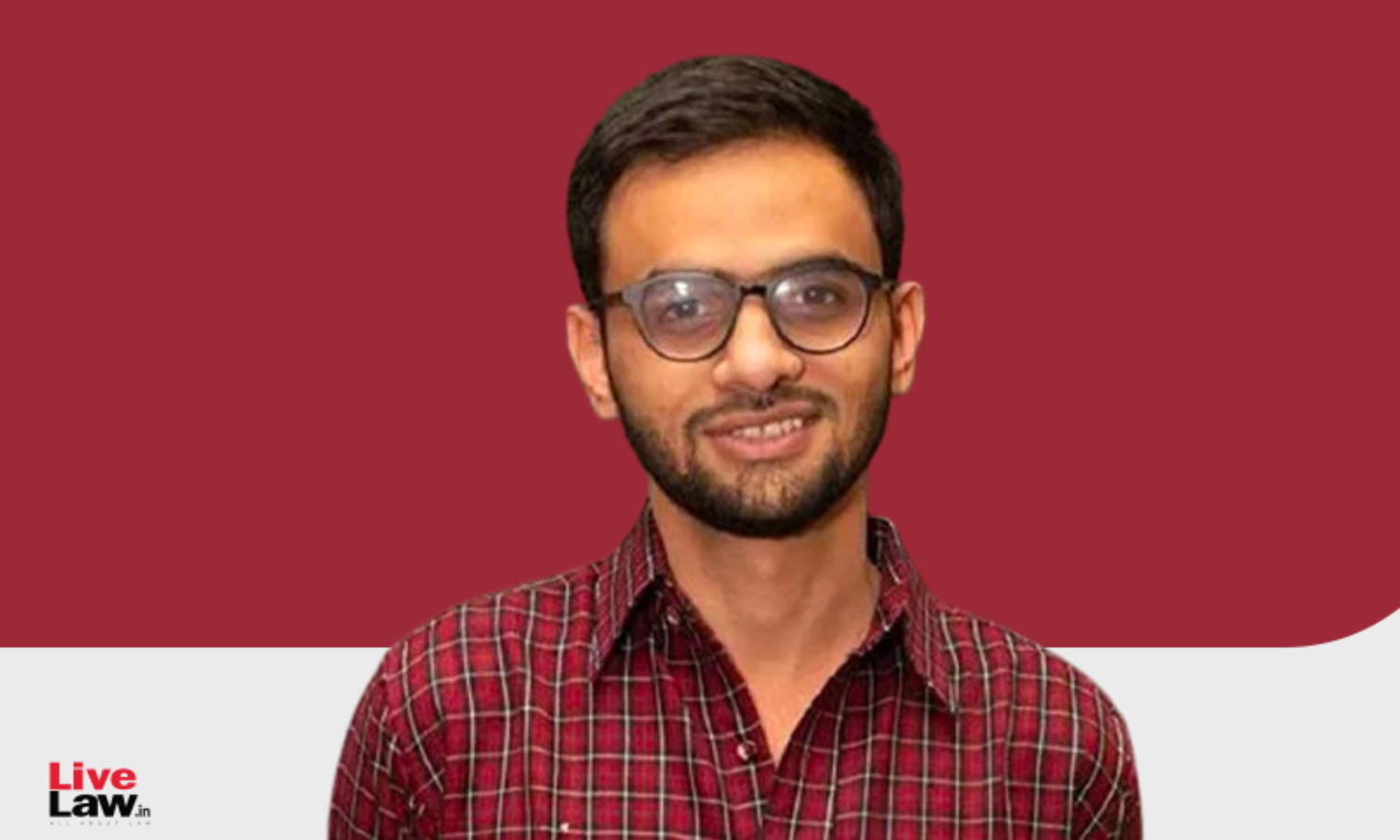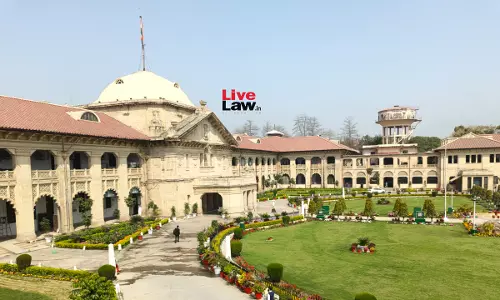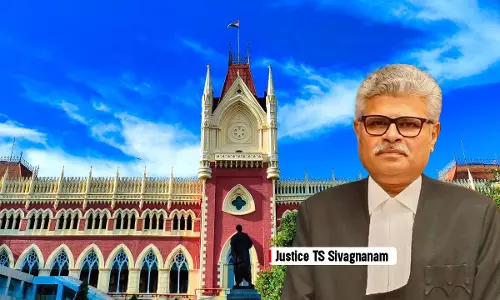Delhi Riots A 'Conspiracy Of Silence', Idea Was To Completely Put System Under Paralysis: Prosecution Argues In Bail Hearing

The prosecution on Monday told a city Court that there was a 'conspiracy of silence' in committing the 2020 North East Delhi riots, idea behind which was to completely put the system under paralysis. Special Public Prosecutor Amit Prasad was arguing before Additional Sessions Judge Amitabh Rawat opposing the bail pleas of accused Umar Khalid, Khalid Saifi, Meera Haider, Salim Malik, Shahdab...
The prosecution on Monday told a city Court that there was a 'conspiracy of silence' in committing the 2020 North East Delhi riots, idea behind which was to completely put the system under paralysis.
Special Public Prosecutor Amit Prasad was arguing before Additional Sessions Judge Amitabh Rawat opposing the bail pleas of accused Umar Khalid, Khalid Saifi, Meera Haider, Salim Malik, Shahdab Ahmed and Saleem Khan.
Prasad had earlier argued that the protest was neither organic nor women driven and that local people were used as fodder to increase public participation.
Today, he argued on the aspect of planning in committing the riots and how the failures of the first phase were filled in the second phase of riots which continued till the month of February, 2020.
On the aspect of first phase of riots, Prasad referred to various FIRs registered in December 2019 to show a common pattern in all the cases which was to attack police personnel and cause destruction to public property.
"You have a grievance against a legislation, you are well within your rights to express your grievance but there was no reason to cause damage and destruction to property and attack police officials," Prasad submitted.
Prasad specifically referred to identification of accused persons namely Meeran Haider and Asif Iqbal Tanha. He argued that there was a prior planning to commit riots and that the first phase of riots too were not spontaneous.
"I have shown from material on record that how the action was synchronized, pattern was common. People involved in both the phases were common. How meetings which happened, Umar Khalid is sitting there with Sharjeel Imam. Presence of Sharjeel Imam admitted in his own speech. Umar Khalid presence is there in the picture. Chats are there. The fact that he is part of MSJ establishes the connectivity," he submitted.
Prasad argued that the reason for failure of first phase riots was that rioters couldn't do the desired mobilization. He further added that the purpose of formation of Jamia Awareness Campaign Team (JACT) was to create awareness and inviting public mobilization, as a result of which all the protest sites were brought up in action under a planned movement.
"Other reason for failure is that communal ties are attached. So you take Sharjeel Imam out. Other reasons are lack of synergy, lack of leadership and effective police action," he argued.
Prasad further attempted to show a coordination between the members of various groups like JCC, JMI JCC and DPSG to argue that even though the accused persons and other members were situated in different locations, information about protest sites were updated on the groups which involved supervisors for different sites.
"From UAH, Umar Khalid is there. Devangana and Natasha from Pinjra Tod also there. People from JCC is also in DPSG. Idea to point out is that there are supervisors. DPSG is superior body. Decisions are communicated to various channels," he submitted.
He added "Umar Khalid has an experience of 2016 prosecution. Same experience who gets at this point is Asif Iqbal Tanha. He was called by police and therefore he is not active on groups. I'll show how."
Coming to the second phase of riots, Prasad argued that the blockades happened in the areas which were involved in the first phase. He specifically mentioned Bhajanpura area and Wazirabad road, Seelampur road near Jafrabad area.
"All protest sites where it started, it started from these points only," he said.
Reading out various WhatsApp chats between group members, Prasad submitted that when there was a proposal to incite violence on 17th February 2020, a narrative was drawn by the rioters that BJP leader Kapil Mishra came there.
"There was a proposal to incite violence as on 17th February 2020 which is the time when you draw a narrative that Kapil Mishra came there. Where was Kapil Mishra then? He has not even surfaced anywhere and your proposal to incite violence has surfaced," Prasad argued.
He argued that quite apart from the first phase of riots, the second phase was planned and synchronized between various members. He said that three WhatsApp groups were created, asking people to mobilize.
"What was the idea? To paralyse the system. The entire entire, neither police nor fire services can reach. Nor people could come or go. Completely put system under paralysis," he submitted.
He added "Kapil Mishra is not there till now, not a whisper on 17th. Now on 23rd, violence (has to be done, for that we need a name and a narrative)."
Furthermore, Prasad submitted that while a whole lot of deliberations happened in the DPSG group, there was however an absolute silence when there was a 'clear message of incitement to violence'.
"This is what the conspiracy of silence is…. What you don't want? You don't want normalisation to happen, you want things to remain violent, in unstructured format, ladies in front, uncontrolled, you are collecting mob," he said.
The matter will now be heard on Wednesday.
Earlier, the prosecution had argued that the issue regarding the 2020 protests was not CAA or NRC but to embarrass the Government and to take such steps that it gets highlighted in the International media.
Prasad had submitted that the 2020 sit-in protests were carefully planned, picking strategic protest sites closer to 25 mosques. He argued that these sites were places with religious significance but were purposely given Secular names to give legitimate appearance to the allegedly communal protests.
The FIR against Khalid contains stringent charges including Sections 13, 16, 17, 18 of the UAPA, Sections 25 and 27 of the Arms Act and Section 3 and 4 of the Prevention of Damage to Public Property Act,1984. He is also charged of various offences mentioned under the Indian Penal Code, 1860.
In September 2020, main chargesheet was filed against Pinjara Tod members and JNU students Devangana Kalita and Natasha Narwal, Jamia Millia Islamia student Asif Iqbal Tanha and student activist Gulfisha Fatima.
Others who were charge-sheeted included former Congress Councilor Ishrat Jahan, Jamia Coordination Committee members Safoora Zargar, Meeran Haider and Shifa-Ur-Rehman, suspended AAP Councilor Tahir Hussain, activist Khalid Saifi, Shadab Ahmed, Tasleem Ahmed, Salim Malik, Mohd Salim Khan and Athar Khan.
Thereafter, a supplementary chargesheet was filed in November against former JNU student leader Umar Khalid and JNU student Sharjeel Imam in a case related to the alleged larger conspiracy in the communal violence in northeast Delhi in February.




